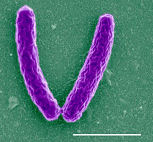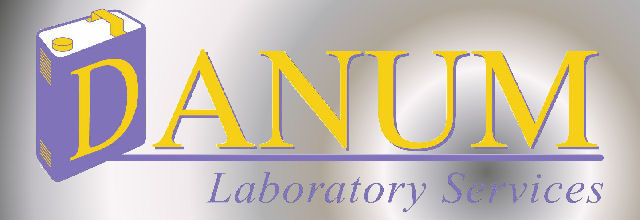
In addition to this regular disinfection, cooling towers should always be cleaned and disinfected before being put back into service:
- immediately before the system is first commissioned;
- after any prolonged shutdown of a month or longer (a risk assessment may indicate the need for cleaning and disinfection after a period of less than one month, especially in summer and for health care premises where shutdown is for more than five days);
- if the tower or any part of the cooling system has been mechanically altered;
- if the cleanliness of the tower or system is in any doubt; and
- if microbiological monitoring indicates that there is a problem.
Routine cleaning and disinfection
Pre-cleaning disinfection-- The system water should be disinfected using an oxidising biocide such as chlorine, bromine or chlorine dioxide to minimise health risks to the cleaning staff. This is done by adding either sodium hypochlorite solution or chloroisocyanurate compounds available as rapid release tablets to achieve a measured residual of 5 mg/l free chlorine. Sodium hypochlorite solutions typically contain 10-12% available chlorine and rapid release tablets contain 50-55% available chlorine. Such products should be handled with care and according to instructions given by the supplier. A biodispersant should also be used to enhance the effectiveness of the chlorination.
The chlorinated water containing 5 mg/l free chlorine should be circulated through the system for a period of 5 hours with the fan off, maintaining a minimum of 5 mg/l free chlorine at all times. However, if the system pH value is greater than 8.0, the measured residual will need to be in the range 15-20 mg/l free chlorine in order to achieve the required disinfection level. An alternative procedure to provide more effective use of chlorine is to introduce a heavy bleed-off for several hours to both reduce the pH of the system water and its chlorine demand, before carrying out disinfection. The system should then be de-chlorinated (see paragraph 144) and drained.
Cleaning - Manual cleaning operations can then be carried out, with all accessible areas of the tower etc being adequately cleaned. Where practicable, the packs should be removed at least once a year and preferably every six months. If this is not practicable, it may be necessary to apply supplementary strategies such as side-stream filtration, increased monitoring etc. Accessible areas of the tower and its pack should be adequately washed but cleaning methods that create excessive spray, for example high-pressure water jetting, should be avoided. If this is not possible, the operation should be carried out when the building is unoccupied or, in the case of permanently occupied buildings, windows in the vicinity should be closed, air inlets blanked off and the area that is being water-jetted should be tented. The area should be isolated and consideration should also be given to other occupied premises in the immediate areas as well as members of the public who may in the vicinity during cleaning.
Cleaning staff who carry out water-jetting should wear suitable respiratory protective equipment such as a positive-pressure respirator with full face-piece or a hood and blouse. Staff who use this equipment should be adequately trained and the equipment properly maintained (see section on protection of personnel in paragraphs 199-202).>
Adherent scale or other deposits on the tower and distribution system that have not been removed by the above method can be dissolved using chemical descalents carefully chosen
to avoid damage to the fabric of the system. If this is not possible, routine inspection and testing of water quality should be particularly thorough.
Finally, the system should be sluiced out until the water going to drain is clear.
|
|

